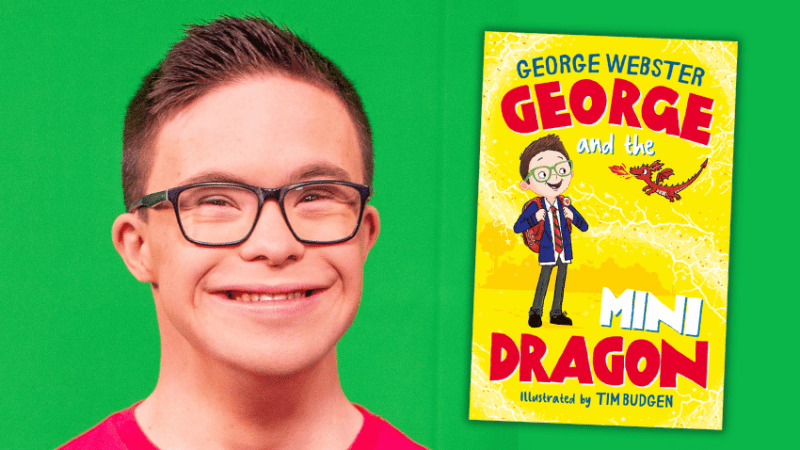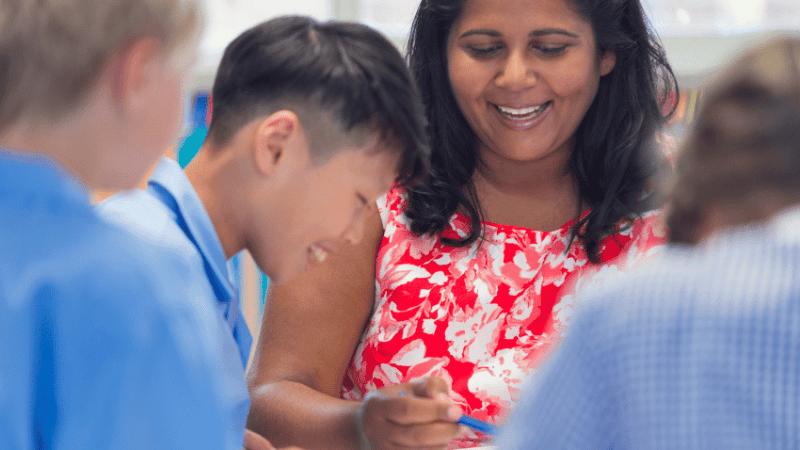SEND Support – Using A Communication Book Is A Great Way To Give Children A Voice
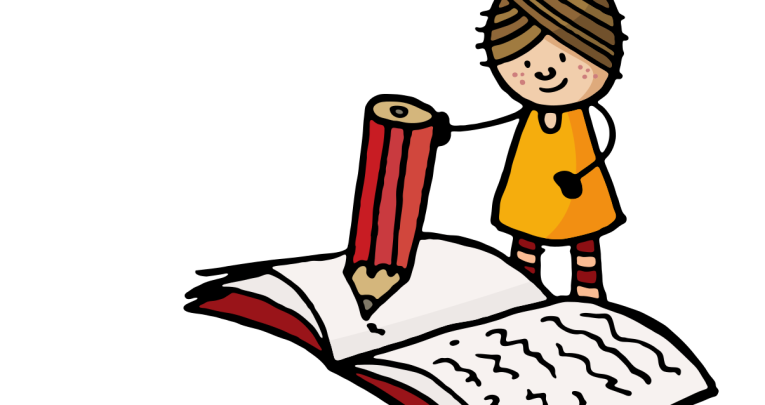
It has made such a difference to my special class, allowing us to constantly model an alternative way to comment, says Adele Devine
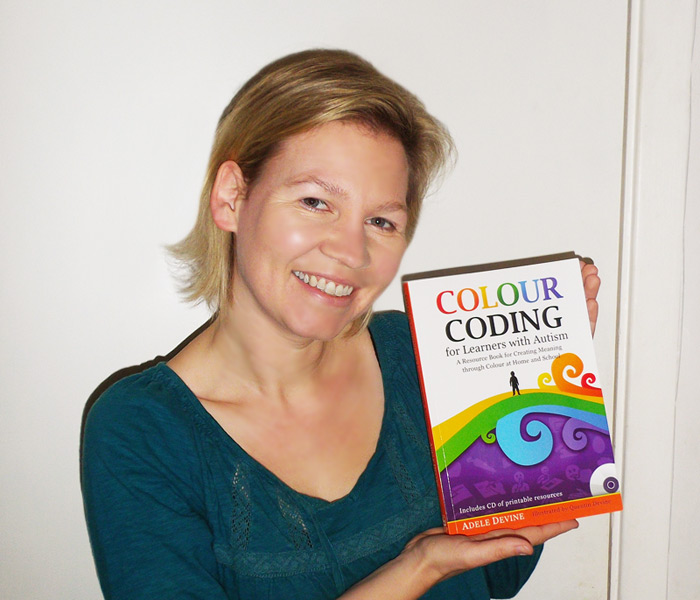
- by Adele Devine
- Early years and SEN specialist, author, keynote speaker and trainer Visit website
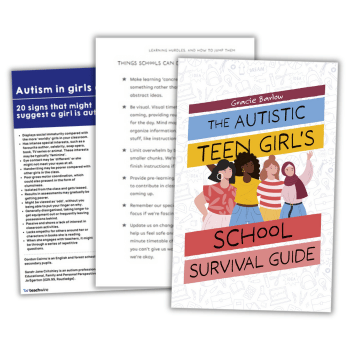
What if suddenly you had no voice?
Think about all the things you couldn’t do. No more being able to comment or question or say what you want. No more sharing memories or jokes with friends. No more conversation. Think of all the times and all the frustrations. Life would be so much more challenging and disheartening.
Now think of that child who starts school without any speech. They have no difficulty hearing (in fact some sounds are amplified to the point where they must cover their ears). But when people speak they might not be able process the language. They may hear a mumble-jumble of sounds, and when they try to get a clue from facial expressions, things become even more confused.
Without being able to decode what’s being said, how can the child learn the language skills they need to speak? Frustration sets in. They can’t tell us so we start to see challenging behaviour, or maybe they become isolated. They cannot find the way to join in so they self-soothe and withdraw.
Modelling speech
We’re lucky in our school to have access to an amazing speech therapy team. They’re always coming up with new ideas and working with us to help each individual. A while ago they created a communication book for a child in our class because he was so good at using symbols to comment.
We found that we were using the communication book all the time with all the children, because even those who were not ready to point and comment were watching and learning when they saw us use it. When this child went on to another class we made a class communication book. Now most of the children have their own tailored book at home too. The parents love using them because it gives them another way to communicate and model speech consistently.
The communication table
We have a communication table in our classroom where all of the PECS books, PODD books and communication books are kept. It also has mirrors, big silly glasses, toy telephones and a microphone. The children have learnt to go to this table to get what they need. These things are always out and always in view. I’d love to see this in every early years setting.
Final thoughts
Walt Disney once said, “Of all of our inventions for mass communication, pictures still speak the most universally understood language.” A child will only learn to use pictures or symbols to communicate if they see it happening all the time. Using a communication book allows us to constantly model an alternative way to comment or make a request. This is such a simple strategy and so effective.
Case study – ‘Mischief-making with Mickey’
Attention-seeking
Mickey is a happy little boy with an amazing sense of fun. He has the biggest, brightest, most enthusiastic smile. He is starting to say some words too. He can lift a symbol showing something he wants, and hand it over while saying the corresponding word. He’s very playful and at his happiest when at the centre of things. Mickey loves interactions and reactions.
Mickey has been in the class for long enough to know there are some things the adults won’t let him do. There’s a button that makes our interactive whiteboard go up and down. The children are not to touch it. Of course that makes it irresistible to some. One time Mickey was pressing the button, lowering the screen with a big mischievous grin and his finger somehow got caught.
He was tearful and got lots of attention, cuddles and a cold compress. Although the finger hurt, that’s not what Mickey remembered. He remembered our reactions and what fun that had been.
Trending
Sharing emotions
Next time Mickey was edging his way to press the button I intercepted him with a communication book. I turned to the page that shows emotions and pointed to ‘happy’. “Happy,” I said, with a great big smile. Next I pointed to ‘sad’, signed and said, “Sad,” and started to cry. Mickey smiled at me and pointed to the ‘angry’ symbol. “Angry,” I said, doing my most dramatic angry face and voice.
Mickey was delighted. He loved this interaction, and we went through the emotions again and again. He especially loved ‘angry’, but then discovered that ‘tired’ was also fun as I would snore and pretend to be asleep. “Wake up!” he would shout. Soon another child joined in the game and they would both vocalise “wake up”. They were getting louder and clearer every time. Another child, who has never said a word started to make sounds with just the intonation of their “wake up”.
A successful outcome
Mickey had found a way to get the reactions he loved without needing to get up to mischief. He was also developing play skills, interactions with his classmates and speech. Wow!
Case study – ‘Singing signing with Sylvie’
Sing it again
Sylvie loved it when we sang songs and would request ones she knew using a combination of Makaton and her own versions of signs. ‘Wind The Bobbin Up’ was a firm favourite. She would ask for the same song again and again; it was great when we knew the song she wanted, but frustrating for her when we didn’t. I felt we could extend Sylvie’s communication and turn-taking skills by offering her a wider range of songs.
We do requests
I made a board with pictures so that the class could make song choices, added song symbols to PECS books and used the communication book with a page of song choices. The children could choose whichever way suited them best.
Most of the children took to using the communication book, and one of the lovely things about it was that we had symbols to make extra comments and requests. They could choose the emotion for ‘If You’re Happy And You Know It…’ or the animal in ‘Old MacDonald Had A Farm’. Sylvie loved to use the book. She would even go and get it and turn the pages. When she found the animal she wanted, she would point, but also learnt the Makaton signs, which extended her vocabulary.
Benefiting the class
As well as helping Sylvie, the book also gave other, less-assertive children the chance to get a turn choosing a song. And all the time we used the book they were all seeing an alternative way to communicate modelled. Brilliant!
Build your book
10 sets of symbols to try…
- Emotions
- Songs
- Colours
- Shapes
- Numbers
- Activities/likes
- People (photos and names)
- Foods
- Comments (hot, cold, yes, no, etc)
- Animals
Adele Devine is a teacher at Portesbery School & director of SEN Assist.





